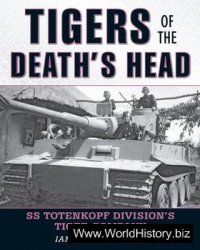The Covenanting infantry, with a minister attached to each regiment for inspiration, were on the whole good steady foot, although local levies raised in Scotland were often of lower quality. Armour was also in short supply and most infantry could not even claim ownership of a buff coat, with these mostly being given to the cavalry. Before 1650 many regiments also struggled to reach the ratio of 2:1 of musket to pike, but the army that went into England in 1644 was much better equipped. The early Covenanting armies of the Bishops’ Wars period were even worse, with many troops equipped with an arquebus (or hagbutt or hagbut as it was known in Scotland).
These units also had a higher proportion of pike. Despite this deficiency, these troops are still classified as Musket*. The army in Ireland was also habitually short of muskets, with priority being given to the home army.
Allowance for Campbell of Lawers’ regiment to be rated superior represents this unit’s sterling performance at both Auldearn and Dunbar, where in both instances it was virtually annihilated after holding off superior enemy forces.

Campbell of Lawers’ attack on Auldearn village, 1645, by Gerry Embleton © Osprey Publishing Ltd. Taken from Campaign 123: Auldearn 1645.




 World History
World History









